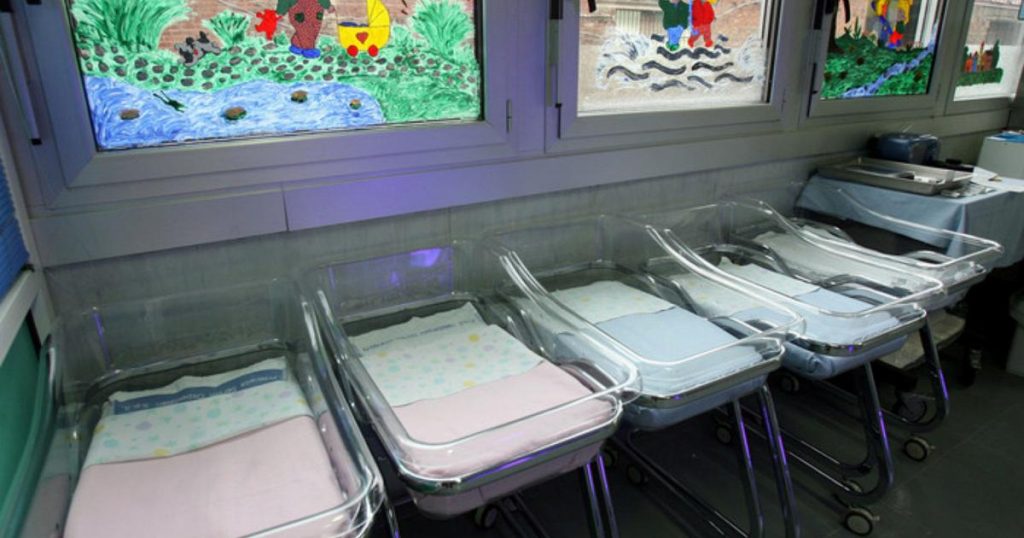The demographic indicators for the year 2023 in Italy show a continued decline in births, with 379 thousand babies born and a birth rate of 6.4 per thousand, a decrease from 6.7 per thousand in 2022. This decrease in births reflects a trend that has been ongoing since 2008, with a total decline of 197 thousand births since then. The average number of children per woman has also decreased from 1.24 in 2022 to 1.20 in 2023, approaching the record low of 1.19 children per woman in 1995. This decline affects both Italian and foreign-born babies, with a total of 50 thousand foreign-born babies in 2023, down from 53 thousand in 2022.
The decline in births is attributed to both a significant decrease in fertility rates and a decrease in the female population of reproductive age (15-49 years), which has fallen from 13.4 million in 2014 to 11.5 million in 2024. The male population in the same age group has also decreased from 13.9 million in 2004 to 12 million in 2024. This decrease in the average number of children per woman is seen across all regions of Italy, with the North seeing a decrease from 1.26 to 1.21, the Center from 1.15 to 1.12, and the South maintaining the highest fertility rate at 1.24.
The trend of postponing childbirth is also noted, with the average age at first birth increasing to 32.5 years in 2023. This trend is seen across all regions, with the North and Center having higher average ages at first birth compared to the South. Despite the post-pandemic period contributing to irregular fluctuations in birth rates, the overall decline in fertility rates seems to be continuing, driven by a renewed trend of postponed childbirth. The South, after twenty years, has a higher fertility rate compared to the Center-North, marking a shift in the demographic landscape.
Marriage rates have also declined, with 183 thousand marriages in 2023, down from 189 thousand in 2022. Religious ceremonies have seen a significant decrease, while civil ceremonies have increased slightly. The overall marriage rate has decreased to 3.1 per thousand in 2023. The South still has the highest marriage rate at 3.5 per thousand, although it has experienced the greatest decline compared to 2022. In terms of regional differences, Trentino-Alto Adige has the highest fertility rate in Italy at 1.42 children per woman, followed by Sicily and Campania.
The region with the lowest fertility rate remains Sardinia, with an average of 0.91 children per woman in 2023. Other regions in the South, such as Basilicata and Molise, also have low fertility rates. The varying fertility rates within regions show a trend of low and delayed fertility across the country, with differences between regions and within regions. The challenges posed by declining birth rates and delayed childbirth are significant for Italy’s demographic landscape, indicating a need for policies to address these issues and promote sustainable population growth.















